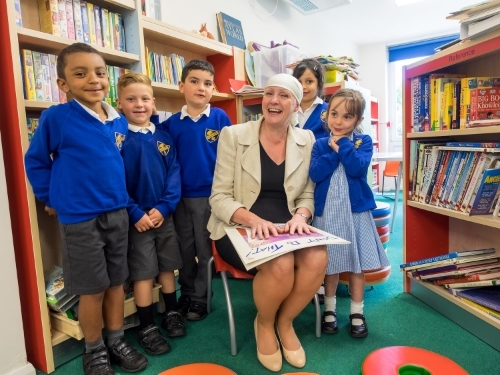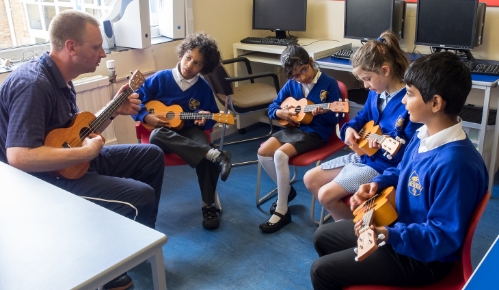Scheduling the primary school day
/Use of timetables and timetabling software for the primary sector had not been high on my research agenda but a recent visit to Ryefield Primary has brought it right to the top of the list. Ryefield Primary in north west London is one of the capital's most spacious primary schools. It was a delight to see the ample grass covered playgrounds; if only all children had similar facilities. The school follows the international primary curriculum (IPC) and although they have already embedded creative elements into their timetable they are always looking for new ways to improve the structure of the day and accountability of time.
One of their existing initiatives is to schedule literacy followed by maths at the same time every day across the whole school. This enables teaching by stage rather than age which the school believes leads to better progress.
During our conversation I was struck by how much opportunity there is in the primary sector to innovate with the daily structure. Teachers are already used to managing longer periods of time and adjusting their schedules to meet the needs of their students. In most instances it is left to each teacher to plan how they will divide up their day in order to support acquisition of both skills and knowledge. The IPC framework encourages teachers in think about large blocks of learning while leaving it to the teacher to decide how to break that down into individual sessions. It strikes me that as the secondary sector moves towards more flexible and open learning structures teachers could do well to collaborate with and learn from their primary colleagues.
I'm really looking forward to getting to grips with a primary school timetable and learning more about the international primary curriculum.





